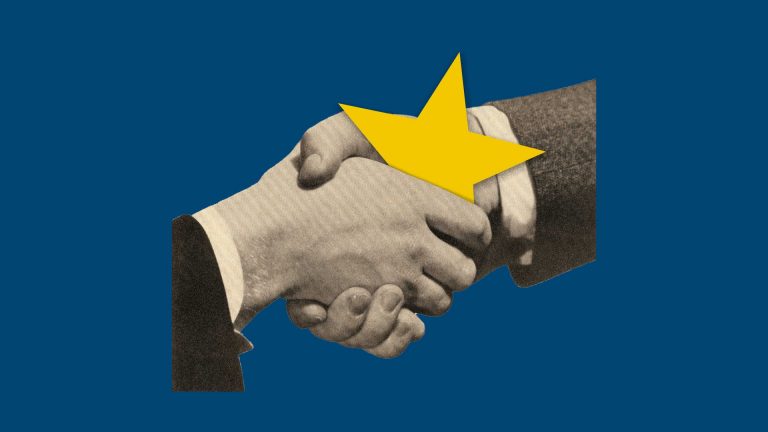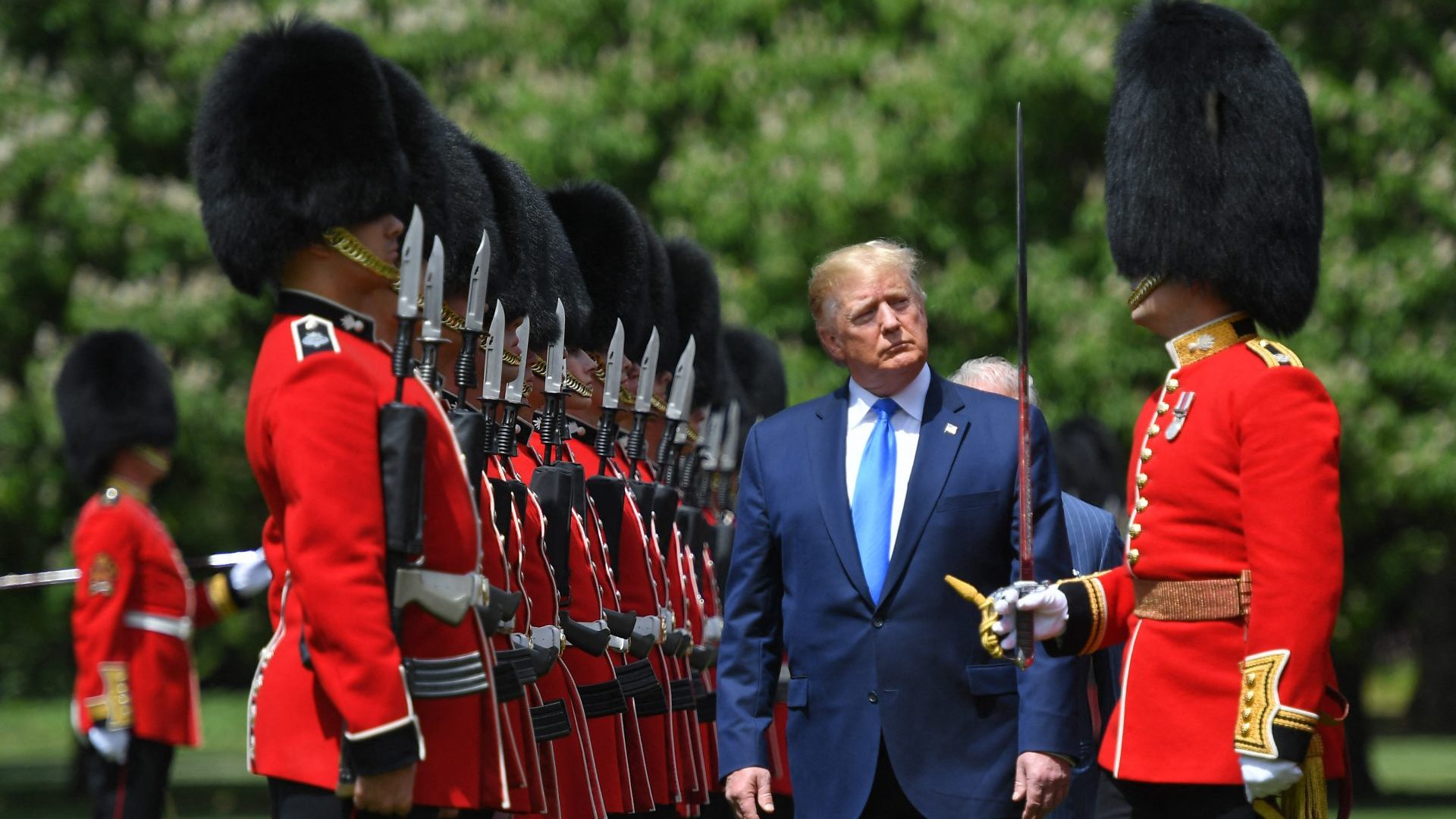What does Donald Trump want? As with a toddler having a meltdown, it can be hard to know. With Ukraine, he first humiliated president Zelensky, then welcomed him to the White House; in his first term he threatened to nuke North Korea, and then did a deal with its portly dictator. And what about tariffs?
In The Economic Consequences of Mr Trump, the veteran financial journalist Philip Coggan tries to figure it out. Trump imposed swingeing tariffs on a wide range of trading partners on April 2 this year, only to suspend most of them a week later, after the US stock markets tanked.
Since then, he has threatened India with a 50% tariff over its role in keeping the Russian oil industry alive, only to forget about the threat in his ill-starred peace summit with Vladimir Putin.
There are two schools of thought about what Trump’s ultimate aim is: the optimists believe he is simply bargaining, throwing America’s weight around in the trade field to gain marginal improvements in terms, and the reshoring of some production, and in pursuit of restoring leverage with its rivals in geopolitics.
For Coggan, deploying Occam’s Razor, “the rapid changes of policy demonstrate not that there was a cunning master plan, but that the Trump administration was making it up as it went along”.
Suggested Reading


Bring on the United States of Europe
The pessimists, myself among them, believe that Trump is trying to pull off an impossible feat of social engineering that can only end in a slump: to end western reliance on Chinese and other Asian-produced manufactures, without the resulting end of the dollar’s dominance.
This version of the scheme has been dubbed “exorbitant privilege as a service”: the world goes on lending to the USA, without having the right to run a trade surplus that balances the financial flow. Though impossible to achieve, it is likely that Trump could kill off global growth in the process.
Either way, the effects are already tangible. The federal government collected $69bn in tariff revenues in the first six months of this year – a 78% increase on the same period in 2024. But while Trump insists foreign governments will pay, in the short term most of that money was paid by US businesses and consumers.
From Canon cameras to Ferraris, American consumers are seeing price rises, while firms lower down the food chain, which simply cannot increase prices without losing market share, are absorbing the import cost.
But while the short-term damage hits America, the lesson of the 1930s is bleak for the rest of us: when everybody heads for the exit from a global system, the last country through the door often gets hurt the most.
Coggan goes to the heart of the problem when he writes: “Stop the world, Trump wants to get off”: America’s president wants to dismantle economic globalisation, which he sees as no longer working in the interests of US capitalism but in the interest of China.
The complex global supply chains formed in the era of globalisation – which, for example, see Apple reliant on 128 suppliers across 28 countries to make the iPhone – cannot survive in a tariff-encumbered world; nor is there much point to them in a world where Trump can simply change his mind.
Everyone must now plan for a situation where the US is neither a reliable or predictable trading partner, nor indeed an ally.
Coggan, whose journalism charted the rise of high finance and globalised production, seems at times incredulous that someone with Trump’s power might want to destroy it. Coggan accepts the nostrum, popular in the Goldilocks Era, that globalisation emerged spontaneously, and can only be undone by inflicting damage.
For those of us who see globalisation as a policy, deliberately and at times cruelly imposed, the possibility of its reversal is not all bad. It depends on whose terms it happens – and for Trump, it is on the terms of Wall Street and the US platform monopolies.
I’m also less sanguine than the author on the possibility of reshoring and reindustrialising western countries. Yes, modern economies are service economies but that, too, is the result of policy. Even with the rapid automation of manufacturing, it is possible that, by embracing economic nationalism, Trump will create new, relatively high-paying industrial jobs – because (through a different method) that’s what Joe Biden achieved.
The problem that western policy elites now have to face is that we have entered a zero-sum world. Growth is stagnant, despite the gazillions being invested in artificial intelligence and their required energy sources. It makes sense for countries to fight each other for every new factory, every raw material source, and to dump costs on to their rivals.
Coggan lists the potential bad outcomes of the tariffs: lost jobs, shortages in the supermarkets, failed businesses, alienated allies and shattered business confidence. But all of these things are saleable to the American public if it can be shown that their adversaries and enemies are coming off worse.
Up to now, Keir Starmer has met the combined challenge of White House mercuriality on trade and national security by sweet-talking Trump in an attempt to minimise the damage. But at some point, both on tariffs and on defence, Trump may pull the trigger in a way overtly designed to damage or coerce the UK.
At that point, together with allies like Canada, Japan and the European Union, the UK must be prepared to face down coercion and speak in an adult way about the tantrum-throwing orange felon. And though it has sensibly refrained from retaliatory tariffs, that may have to change if a “coalition of the willing” of this size were to establish a free trade bloc of their own.
Preparing the British people for a moment where the “special relationship” goes up in smoke – and with it Nato, the UN and much of the world’s financial architecture – is the unfortunate task that the rising generation of centrist politicians has to face.
The Economic Consequences of Mr Trump by Philip Coggan is published by Profile, £7.99




